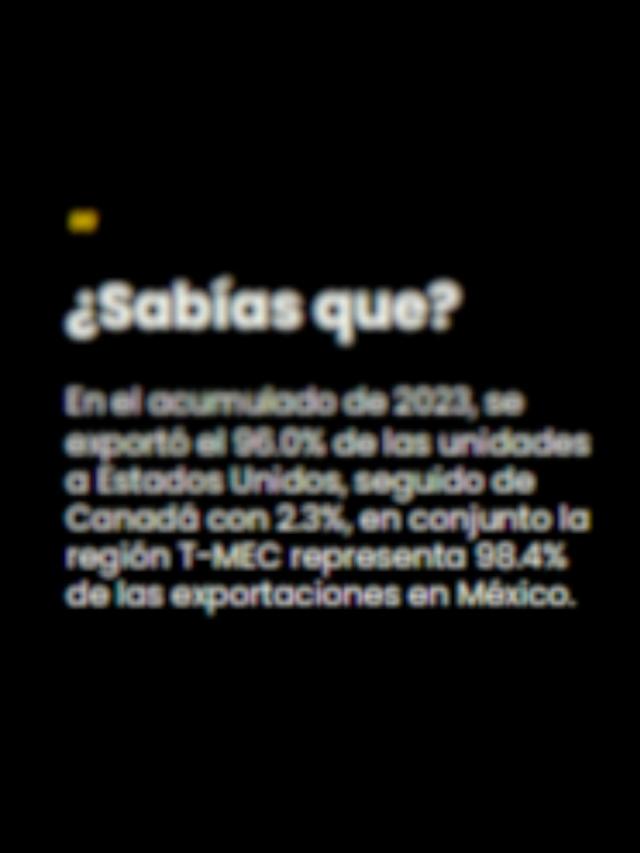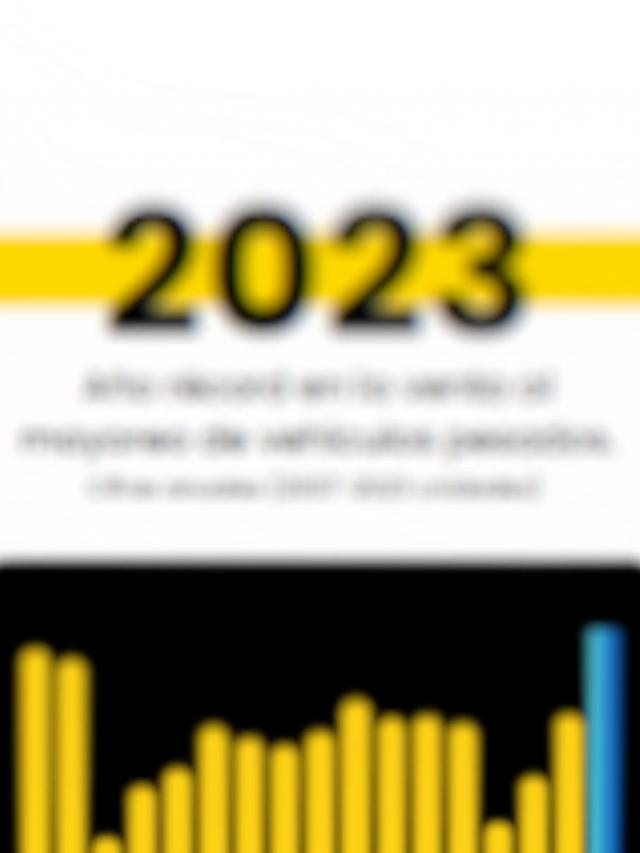 Electric mobility and its revolution in the automotive industry, both in production and in public policy innovation, was one of the topics covered in Module 1: Principles of Electric Mobility of the diploma course held by the Mexican National Center for Electromobility (CENEM) .
Electric mobility and its revolution in the automotive industry, both in production and in public policy innovation, was one of the topics covered in Module 1: Principles of Electric Mobility of the diploma course held by the Mexican National Center for Electromobility (CENEM) .
The session noted that, within the context of the United States-Mexico-Canada Agreement (USMCA) , various public policies and incentives have been established to encourage the production and adoption of electric vehicles (EVs).
For example, the USMCA requires that some vehicles, including electric ones, be manufactured by workers earning a minimum wage of $16 per hour , seeking to ensure fairer working conditions.
Another focus is the production of batteries and essential raw materials, where Mexico, the United States, and Canada are seeking to strengthen their capacity to extract lithium, nickel, and cobalt , in addition to developing local battery factories.
During the session, the role of bilateral agreements in technological development was also highlighted. The United States and Canada have promoted joint research centers to improve battery efficiency and optimize the supply chain . Mexico, for its part, has worked with international partners to attract investment in green technology and modernize its automotive industry.
Public policies on electromobility
Regarding public policies, those implemented in the United States were highlighted, such as the Inflation Reduction Act , where EV buyers can access tax credits of up to $7,500 for new vehicles and $4,000 for used ones. Additionally, states have developed specific subsidies for low-income consumers.
Regarding the implementation of mobility equity programs, the “Clean Cars 4 All” program was cited as an example , which allows low-income residents to trade in their old vehicles for credits to purchase electric cars in California.
Another point discussed in the session was the expansion of EV charging infrastructure. The United States, for example, has allocated $7.5 billion for the installation of charging stations in rural communities and underserved areas, seeking to close the gap in access to electric mobility in less developed areas.
Finally, the CENEM diploma session addressed environmental justice policies, which have focused on communities with the greatest exposure to air pollution.
Among these policies is the Justice40 program , which seeks to ensure that 40% of the benefits of federal investments in sustainable transportation impact these communities to improve their quality of life.
Comment and follow us on X: @GrupoT21















